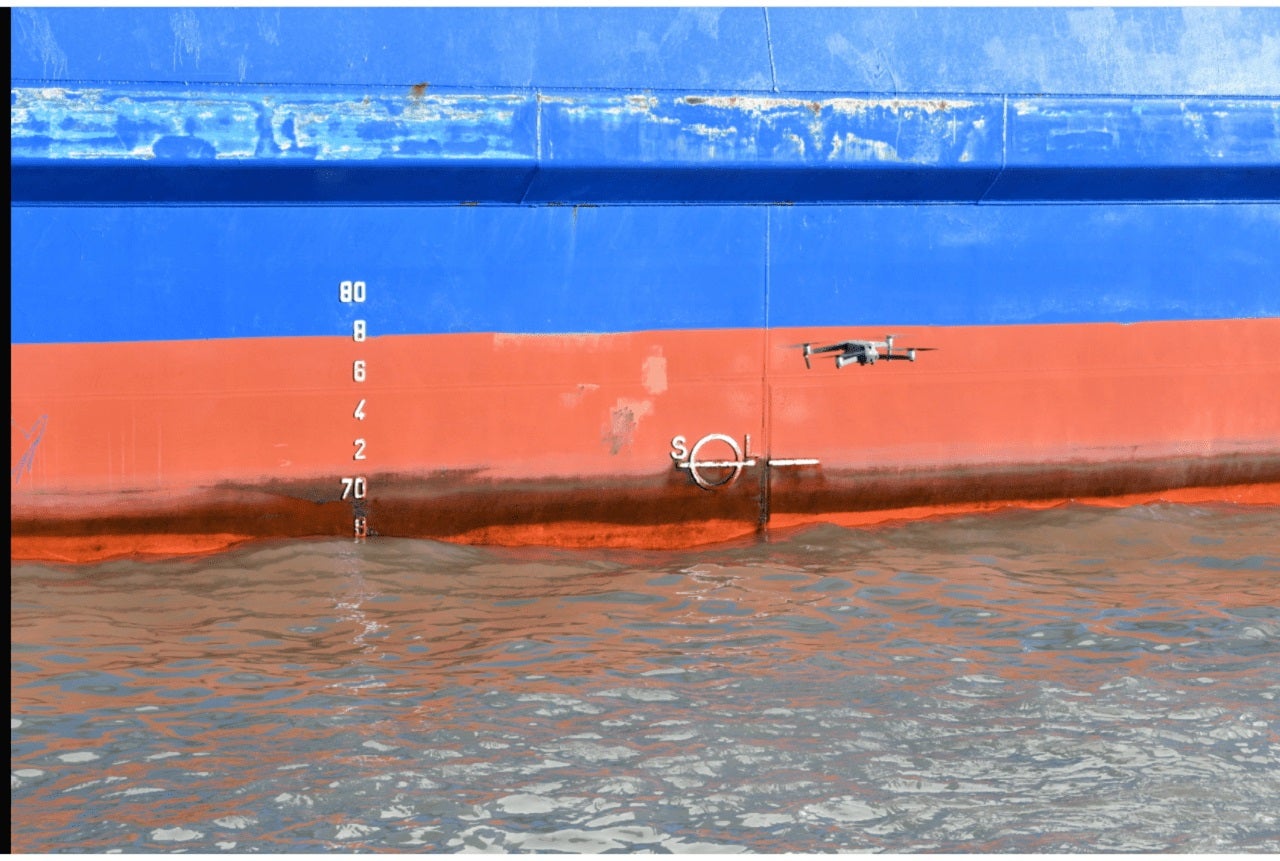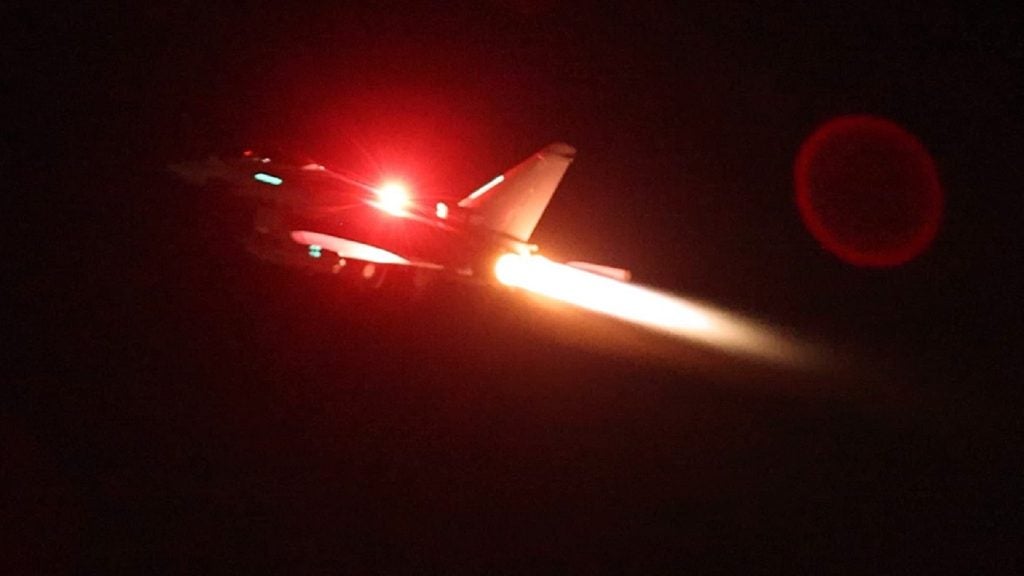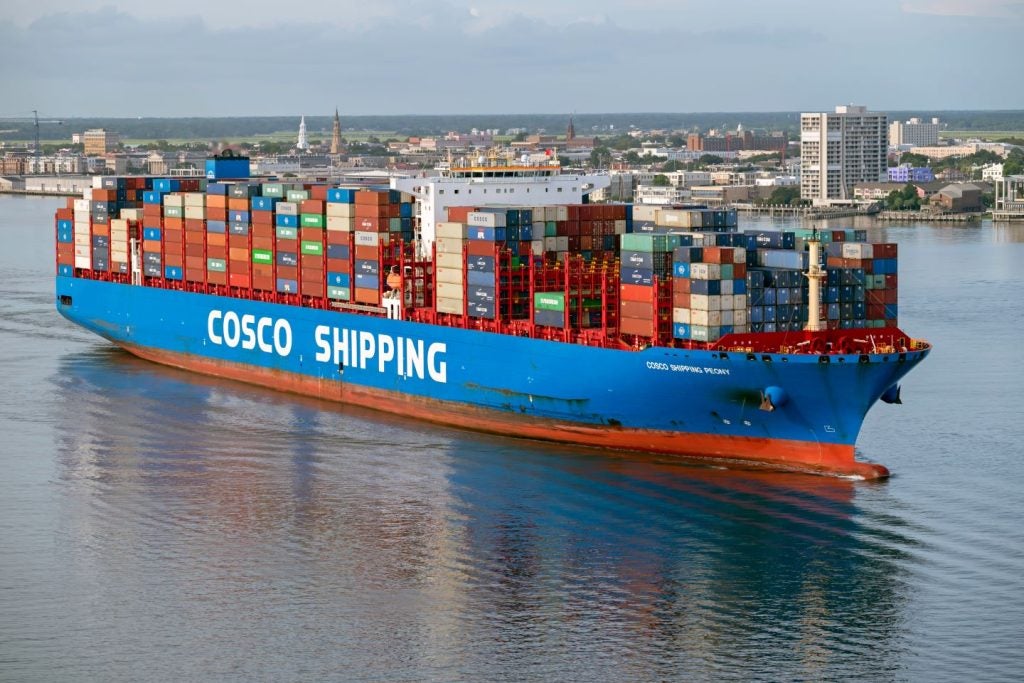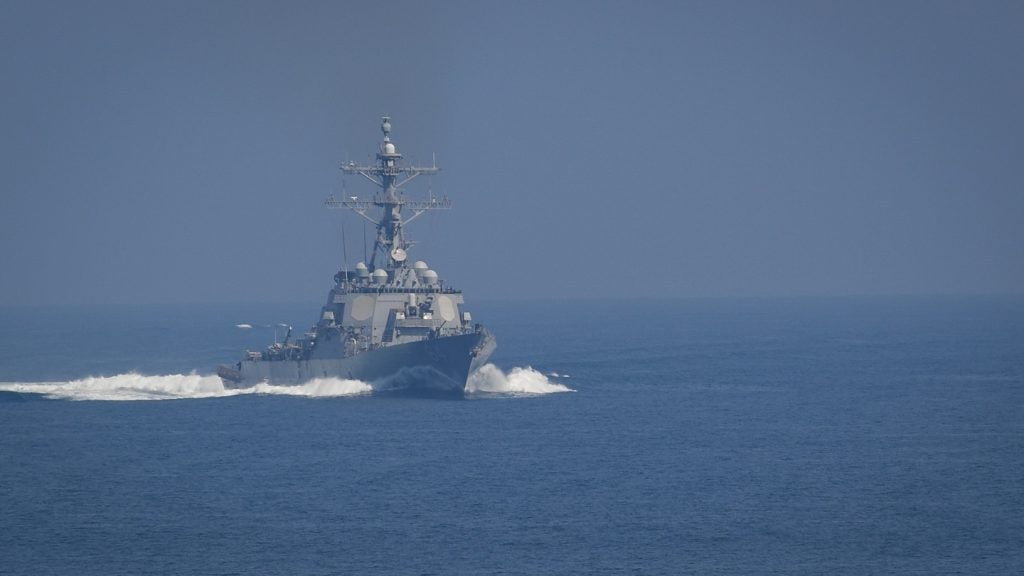
Foreship, a naval architecture and marine engineering company, has stated that draught surveys deploying drones boost the accuracy of readings in addition to the speed and safety of the survey process.
After conducting trials successfully, Foreship has added this approach to its service offering.
Usually, a draught survey is carried out from a boat operated alongside the vessel.
The boat could be a ship’s workboat or even a rescue boat. It is lowered to the water so that a surveyor can take readings, using the markings painted on the ship’s hull.
Foreship chief naval architect Markus Aarnio said: “The traditional way of taking draught readings is time-consuming, and there are always some risks when launching a manned boat from a vessel, such that it is best avoided when not absolutely necessary.
“Then there is the question of accuracy: it can be difficult for a surveyor to take precise measurements in waves, while the ship operator’s interest is for the process to be completed in as short a time as possible, for example.”
How well do you really know your competitors?
Access the most comprehensive Company Profiles on the market, powered by GlobalData. Save hours of research. Gain competitive edge.

Thank you!
Your download email will arrive shortly
Not ready to buy yet? Download a free sample
We are confident about the unique quality of our Company Profiles. However, we want you to make the most beneficial decision for your business, so we offer a free sample that you can download by submitting the below form
By GlobalDataDue to disadvantages, Foreship was inspired to look for a more advanced solution.
Aarnio added: “Drones are fast and highly manoeuvrable and can be controlled from a remote location. This eliminates the need for a survey boat, saving time and improving safety. The technology also allows greater accuracy, because even in choppy waters, the video footage captured by the drone allows us to determine the draught reading correctly.”
“Our application of drones in performing draught surveys represents a new and highly focused way of applying digital technology to provide better accuracy in surveys.
“The procedure can be carried out at any port or shipyard where permission to operate drones can be obtained, and our positive early discussions with classification societies suggest that receiving class approval will not be an issue.”







